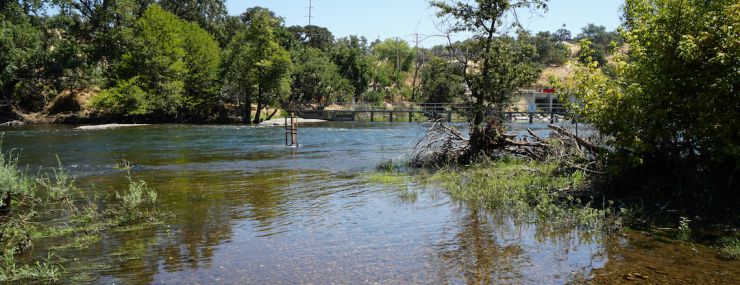Prof. Greg Pasternack
in association with
Joe Wheaton¹, Dr. Joe Merz², Eve Elkins¹, Rocko Brown¹, Marisa Escobar¹, and Chien Wang¹.
1. U.C. Davis Department of Land, Air and Water Resources
2. East Bay Municipal Utility District
The Spawning Habitat Integrated Rehabilitation Approach (SHIRA) was developed at UC Davis incrementally from 1999-2007. It was originally piloted on the Mokelumne River in collaboration with East bay Municipal Utility District. It was subsequently applied by UC Davis on the Trinity River in collaboration with the Trinity River Restoration Program, on the Yuba River with the U.S. Fish and Wildlife Service, and the Feather River with California Department of Water Resources. Over time SHIRA has been adopted by a variety of government agencies, non-governmental organizations, and consulting firms for use to help rehabilitate rivers across California and beyond. In addition to helping with rehabilitating rivers, the SHIRA project trained many people in fundamental principles of river science, engineering, and management; many of these trainees have gone on to their own successful careers building on the foundation SHIRA provided.
The purpose of this website is to present the information about the development and use of SHIRA in its first three applications. If you are interested in getting help with implementing SHIRA for your regulated river, contact Prof. Pasternack via his website.
This website's development was supported by the USDA National Institute of Food and Agriculture, Hatch project number CA‐D‐LAW‐7034‐H.

